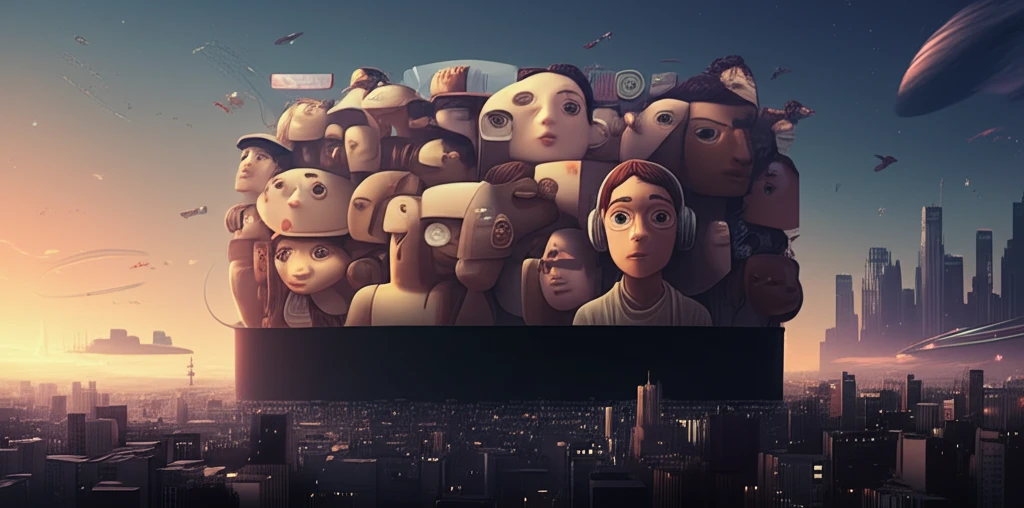
Beyond the Silver Screen: How Movies Shape Our Understanding of Disability
"From Stereotypes to Social Commentary: Examining Disability Portrayal in Film and Its Impact on Society"
Movies have long held a mirror to society, reflecting our values, biases, and evolving understanding of complex issues. Among these, the portrayal of disability stands out as a particularly sensitive and often mishandled subject. How films depict individuals with disabilities profoundly impacts societal perceptions, influencing attitudes, behaviors, and even policy. This article delves into the multifaceted world of disability representation in cinema, exploring its historical context, ethical considerations, and potential for fostering greater understanding and inclusion.
From early cinematic portrayals riddled with stereotypes and misconceptions to more recent, nuanced depictions, the evolution of disability representation in film reflects broader societal shifts. We'll examine how both Hollywood and Bollywood have navigated this complex terrain, highlighting both successes and failures in their approaches. By analyzing specific films and their impact, we can gain valuable insights into the power of media to shape our understanding of disability.
This article goes beyond mere critique, aiming to provide a constructive framework for evaluating disability portrayals in film. We'll explore the roles of filmmakers, censor boards, and audiences in promoting responsible and authentic representation. Ultimately, the goal is to foster a more inclusive and equitable society where individuals with disabilities are seen, not as objects of pity or fear, but as valued members of our communities.
The Evolution of Disability Representation: From Medical Model to Social Model

Early cinematic representations of disability were often rooted in what is known as the "medical model." This perspective views disability as a personal defect or abnormality that needs to be cured or fixed. In film, this translated into portrayals of disabled characters as objects of pity, fear, or ridicule. These characters were often defined solely by their disability, lacking depth, agency, or complex inner lives. Such depictions reinforced negative stereotypes and perpetuated harmful misconceptions about disability.
- Medical Model: Disability as a personal defect, focus on cure, pity/fear.
- Social Model: Disability as a social construct, focus on removing barriers, empowerment.
- Impact: Shifting from stereotypes to authentic representation.
Moving Forward: Towards a More Inclusive Cinema
The power of film to shape perceptions and attitudes cannot be overstated. When it comes to disability, responsible and authentic representation is not just a matter of ethics, but also a crucial step towards creating a more inclusive and equitable society. By embracing diverse perspectives, challenging stereotypes, and promoting positive portrayals, filmmakers can play a vital role in fostering greater understanding and empathy. As audiences, we too have a responsibility to demand better representation and support films that celebrate the richness and diversity of the human experience.
